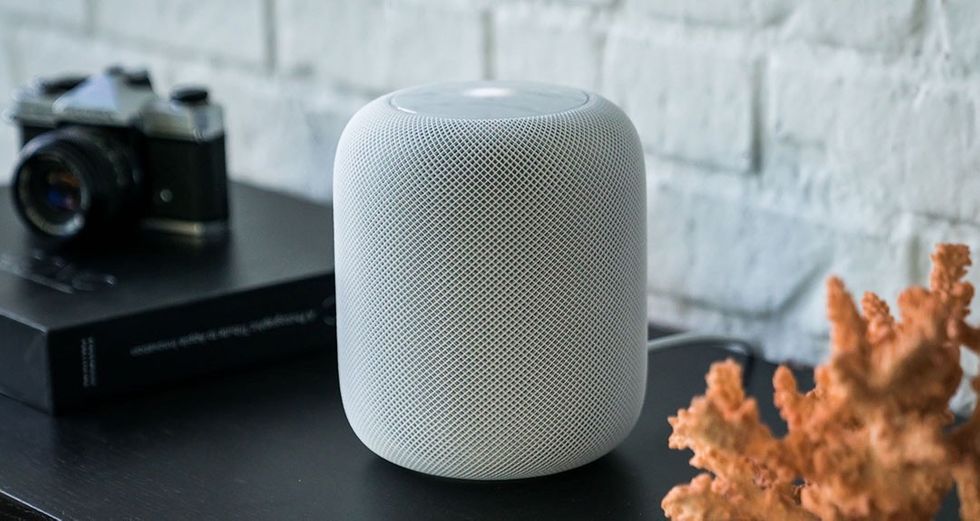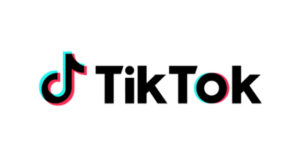Don’t be so quick to judge Apple Vision Pro–even when it sells out

Apple Vision Pro is almost here. Pre-orders start this Friday, and the device ships and hits stores two weeks later on February 2.
Obviously, the pundits have already started to opine about its odds of success. And within just a few months, we’re going to get breathless articles about how Apple Vision Pro is a runaway hit. Or a massive failure. But how do we even measure success for something like this? This product is, in more ways than one, different from many of the other new-category products Apple has launched.
Before we declare Apple Vision Pro a success or a failure, we should probably set some goalposts and discuss expectations. Defining success is a critical part of the start of any new endeavor–so how do we define success for the most important new Apple product in over a decade?
Success is not assured
One could easily point to other Apple first-of-its-kind products like Newton as examples of how an Apple product certainly can fail. But Apple isn’t the same company it was when it released the Newton, the Pippin, or Ping.
It’s tempting to think that Apple Vision Pro just can’t be a flop. Apple is the world’s most valuable company, a nearly $3 trillion dollar monster that wields outside influence over the entire tech landscape. Whatever Apple does, whatever they hype up, has a giant built-in audience now, right?
But one has to look no further than the HomePod for an example of exactly how a new Apple product–for today’s Apple–can fail.
Released just five years ago, well into the era of Apple’s tech dominance and sterling brand reputation, the HomePod has a lot in common with Apple Vision Pro. It was Apple’s first entry into an established product category. There were lots of smart speakers, but Apple’s was better-sounding, cooler-looking–and far more expensive. And it didn’t do everything the established smart speakers did, but what it did, it did better (or so Apple would have you believe).
Sound familiar?
Foundry
This new product is not like the others
Apple Vision Pro isn’t quite the HomePod, though. Or the iPad, or AirPods, or the iPhone.
Apple is hoping that this will be another iPhone-like moment, but consider that the iPhone was about 7 times less expensive when it was released. The iPhone was a product that everyone already felt they needed–a cellphone if not necessarily a smartphone. The purchase consideration for an iPhone was “I need a cell phone anyway, would I spend a few hundred dollars more for this cool smartphone?”
Apple Vision Pro is not a few hundred dollars, it’s a few thousand. And it’s not something the public is already convinced they need. The pitch is not “You need an AR/VR headset anyway, why not spend more for this amazingly good experience?” but rather “Spend $3,500-plus on a new experience that isn’t part of your life yet.”
That’s a tough sell. That’s a tougher sell than the iPad—which people were also not convinced they needed (tablets weren’t such a hot item before it was introduced)—in part because it costs almost $3,000 more.
Then there’s the social angle. This is a big metal mask you strap onto your face. It’s hard to make it cool. It’s hard to see it as practical. It’s weird, it’s unusual, it’s not the kind of thing everyone wears in public. Even with years of Meta headsets and millions of units sold, when you sit in a waiting room you see lots of people on their phones but nobody with a headset strapped to their face.
We can’t just measure sales (yet)
Clearly, Apple is not going to sell a lot of these things in the short term. Not compared to many of their other products. It’s difficult to manufacture in high volumes and expensive as all get out.
Nobody could rightly declare it a flop if Apple sells only 20,000 units this year, or if Meta outsells Apple 5 to 1. Apple is desperate not to be compared to the several years worth of mixed reality products on the market already, going out of its way to use “Spatial Computing” to describe the product and insisting developers avoid terms like AR, VR, MR, and so on.
Vision Pro may be more advanced than Meta Quest 3, but the two devices are not as different as Apple wants us to think.
Jim Martin / Foundry
That’s not going to work. It’s a headset with 3D head tracking and screens you strap to your face. Nobody is going to be fooled into thinking this is an entirely different kind of product from Meta Quest 3.
Nor can we declare it a success if it is sold out for months on end. When you can’t manufacture a lot of something, selling out isn’t such a feat.
Apple is unlikely to disclose actual sales figures, but Vision Pro might show up in the company’s quarterly financials, and investors are sure to ask about it. The total contribution to Apple’s bottom line is almost certainly going to be very small for several quarters, and Tim Cook is definitely going to declare the product a smashing success beyond the company’s wildest dreams. All of this can, and should, be ignored.
Influence matters, but influence can wane
More important than sales figures, sold-out status, or Apple bluster might be the Vision Pro’s influence over the market. Vision Pro will get a huge marketing push, lots of mainstream press attention, and generate its shares of memes. Then what?
Will developers flock to the platform? Will they find success? Will Apple suck all the oxygen out of the room, leaving Meta’s headsets and all the other also-rans to suffocate? Will the rising tide of Apple Vision Pro attention lift all boats, boosting sales of more affordable VR/AR products?
Can Vision Pro hold people’s interest after the initial launch hype?
Apple
The strength of the Apple brand and marketing momentum alone will all but assure a launch that garners lots of attention and outsized influence on the AR/VR world. But that may not last.
In the short term (throughout 2024), Apple Vision Pro could be successful if it holds the public’s attention and imagination. Are people still interested in October? Are developers still putting lots of resources into developing for the platform? Are all the major corporations from which we saw demos last year, like Disney and the NBA, still genuinely enthusiastic about it? Is Apple Vision Pro still all over social media or have all the influencers moved on to the next big thing?
The difficult feat that Apple has to pull off is to maintain excitement–from the public, developers, and businesses–long enough for the company to launch a lower-cost, higher-volume product. An Apple Vision Air, if you will.
The success of Apple Vision Pro will be measured by its successor
Ultimately, the success of Apple Vision Pro will really be measured by the demand for the next Apple Vision product.
It’s like the iPhone and iPod: If the successor to the Apple Vision Pro, produced in higher volumes at a more reasonable price, takes the world by storm because everyone who has the first one just loves it and uses it all the time, then the Vision Pro has done its job.
On the other hand, if interest has fallen away and Apple has to pitch the Vision Pro’s successor as something significantly different, then Tim Cook’s tenure could be marred by a flop that makes the HomePod’s struggles look cute by comparison.
Virtual Reality




